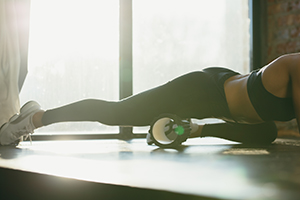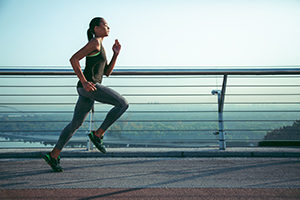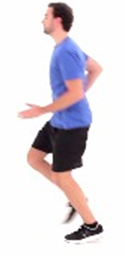The Importance of Mobility and Mobility Training
By: Becky Bujwit, PT, DPT, SCS

The term mobility is frequently used these days, but what does it mean? Mobility refers to how well you can move your body through a range of motion. It encompasses muscle strength, range of motion, and endurance capacity. With good mobility, you will be able to move efficiently with little to no restrictions which thus limits the likeliness of injuring yourself. The American Council of Exercise (ACE) calls mobility the cornerstone of fitness, which allows the body to move correctly. Without mobility, your posture becomes compromised and your body begins to move improperly. When this occurs your risk of pain and injury increases significantly. Actively working on mobility is called mobility training.
There are several benefits to performing mobility training. It helps to prepare the body for the stress of training, helps to reduce the risk of injury, and it improves range of motion. As we begin to move and warm up our body, blood flow increases to our muscles which helps to prepare the muscles to work. Synovial fluid, the fluid in our joints that helps them to glide freely, is carried to the joints as well. These benefits are important to help prevent injuries while performing your sport or workout by allowing for improved form and technique.
Mobility training can be performed many ways: foam rolling, using a massage stick, stretching, doing body weight movements, and massage guns are some of the ways that you can improve your overall mobility. One isn’t necessarily better than the other, all of them have their own benefits. The best thing is that when performed correctly they all result in a positive outcome, increased mobility and range of motion.
The most popular form is foam rolling. It involves rolling your muscles up and down on a roll of foam. It typically is uncomfortable or even painful, but that can mean you need to be doing it even more. The more frequently one performs mobility, the less painful it will become.
Below is an example of rolling out your quadriceps and hamstrings.
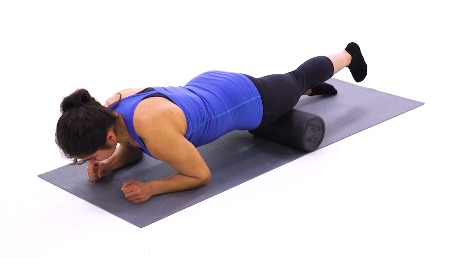
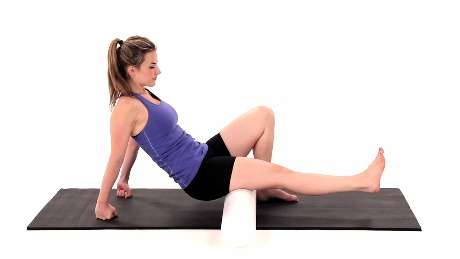
Another form similar to foam rolling is using a massage stick. The massage stick is typically less painful and a little easier to use, but it might not be as effective as foam rolling. Below is an example of using a massage stick on your quadriceps.
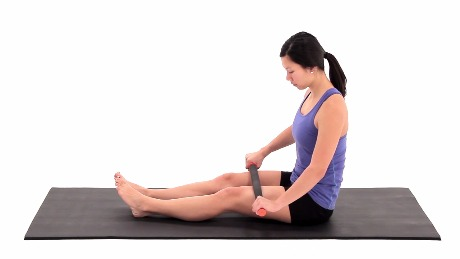
The final option in this category is the use of a new piece of technology, a massage gun. These are more expensive but very popular. The gun uses vibration and pressure to help loosen up the muscles. It is also an effective way to improve one’s mobility.
You can also use body weight to perform movements to improve your mobility prior to a workout as well. These are best done after you have performed other mobility work. Below is one example of the many different movements that can be performed. This movement targets hamstrings, knees, ankles, and quadriceps.
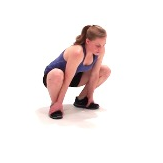
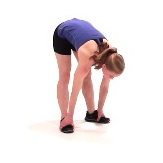
There are many other ways and many other devices out there to help you achieve improved mobility. The important thing is to incorporate it into your life, particularly before your workouts to help improve your maximum potential and prevent injuries!
